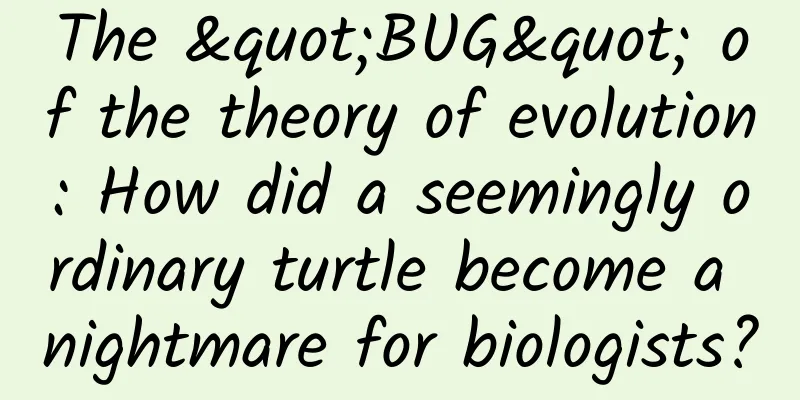First full-brain map of insects completed

|
An international team led by Johns Hopkins University in the United States and the University of Cambridge in the United Kingdom has completed the most advanced insect brain map to date, depicting every neural connection in the brain of a fruit fly larva for the first time. This is a milestone achievement in the field of neuroscience, bringing scientists closer to a true understanding of the mechanism of thinking, supporting future brain research and inspiring new machine learning architectures. The research results were published in the journal Science on the 9th. A complete set of neurons in an insect brain, reconstructed using synaptic-resolution electron microscopy. Image credit: Johns Hopkins University/University of Cambridge Since the 1970s, when the brain mapping process began with roundworms, which eventually produced a partial map and won a Nobel Prize, parts of the connectome have been mapped in many systems, including fruit flies, mice, and even humans. But these reconstructions usually represent only a small part of the entire brain, and comprehensive connectomes have only been generated for a few small species with a few hundred to a few thousand neurons, such as roundworms, larval sea squirts, and larval marine annelid worms. The connectome of the Drosophila melanogaster larva generated by the research team is the most complete and extensive insect brain map completed to date. It includes 3,016 neurons and 548,000 connections between them. A diagram depicting connectivity, with neurons represented as dots and neurons with more similar connectivity drawn closer together. Lines depict connections between neurons. The border of the diagram shows example neuron morphology. Image credit: Johns Hopkins University/University of Cambridge The research team deliberately chose fruit fly larvae because, for insects, this species shares many basic biological characteristics with humans, and it also has rich learning and decision-making behaviors, making it one of the most useful model organisms in neuroscience. For practical purposes, researchers can also image its relatively compact brain and reconstruct its circuits within a reasonable time frame. Source: Science and Technology Daily |
>>: Why is the fog and haze in Beijing, Tianjin and Hebei coming again?
Recommend
Analyzing the creativity and marketing techniques of popular events!
What's it like to dine in a real rocket? Rece...
Ice does not conduct electricity? Did you notice the physics knowledge in Nezha 2?
Review expert: Zhou Hongzhi, senior laboratory te...
Do red blood cells also have "identity cards"? Scientists have discovered the secret of drug treatment, and can also use it to fight cancer
Red blood cells also have "identity cards&qu...
Super "charming" elementary particles, triggering a missing mystery?
Neutrinos may be the most fascinating elementary ...
Samsung's Beacon has some minor flaws
At the recent Samsung Developer Conference, Samsu...
Create a closed loop? BYD Insurance is officially approved. What kind of huge changes will the auto insurance market bring?
Are you dissatisfied with the current new energy ...
3 tips to teach you how to follow the hot spots correctly
There have been many hot events and festivals rec...
A complete analysis of Tik Tok content operations, just read this article!
There is no need to say much about the popularity...
Does the blackening of silver jewelry mean that the body is detoxifying? Stop kidding! The real reason is this
Produced by: Science Popularization China Produce...
The air conditioning industry must return to its starting point if it wants to continue to rise
Faced with the continuous surge in the past two y...
Perfect Diary suffered a huge loss of 2.7 billion. Have you fallen into these misunderstandings about branding?
2020 is a period of key strategic investment for ...
How to choose selling points for advertising? Analysis of promotional materials for the financial industry
Let’s test you today. Taking the financial indust...
60 episodes of Ankasment Jung's Analytical Psychology Theory and Practice Workshop online course video
Ann Casement Jung Analytical Psychology Theory an...
Wu Xiaobo: It’s time for media professionals to take control of the value of their own content
I think there may be two scenarios for the so-cal...
If you don’t know how to plan a marketing campaign, just read this article!
When planning a marketing campaign , do you alway...









